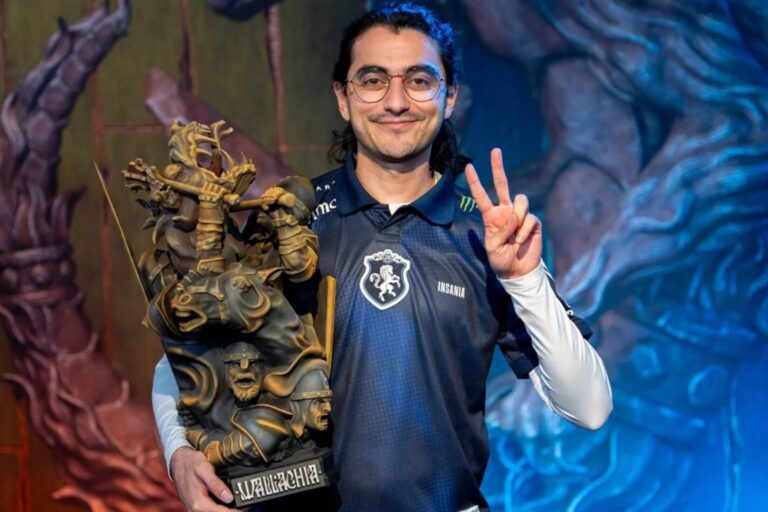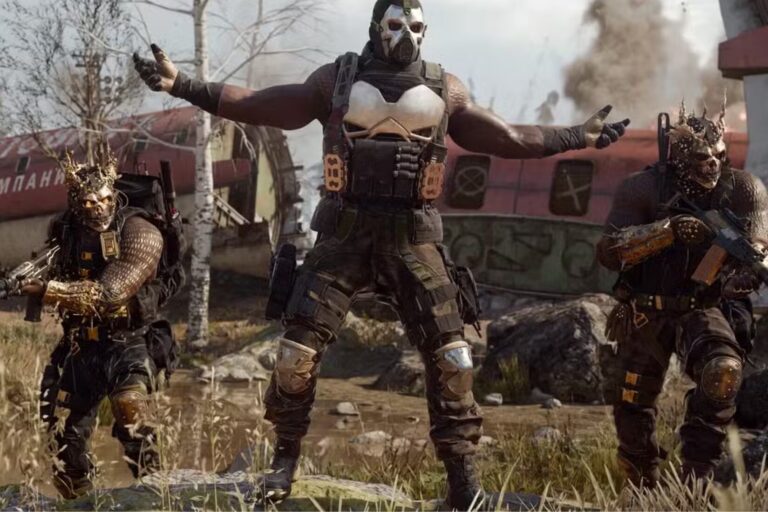Dota 2 YouTube Hack – On October 15, 2025, Dota 2 fans were shocked to see a livestream titled “Dota 2 Launch Official Meme Coin | Hurry Up.” The official YouTube channel had been hijacked, promoting a Solana-based token called dota2coin.
The video appeared authentic: Valve-style graphics, professional overlays, and even chat simulations gave the impression of a legitimate event. Within an hour, PGL’s channel was also compromised, and other esports channels such as ESL, BLAST Counter-Strike, and Mobile Legends MPL Indonesia followed.
This attack revealed a hard truth: trust alone isn’t enough to protect verified esports channels. Even experienced fans can be deceived when professional branding is combined with psychological pressure.
How the Hack Spread Across Multiple Channels
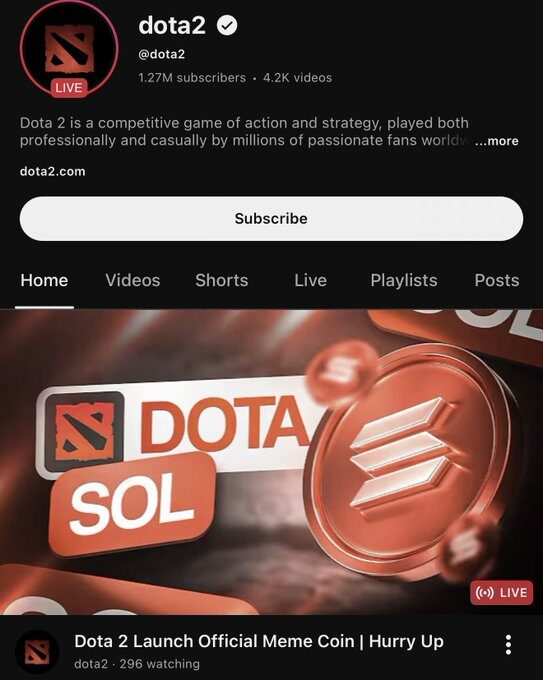
The breach wasn’t limited to Dota 2 and PGL. Hackers orchestrated a coordinated attack across several esports channels, making the scam seem credible.
Timeline of the Attack:
| Time (GMT+8) | Event |
|---|---|
| 10:45 PM | Dota 2 livestream starts |
| 11:30 PM | PGL channel compromised |
| 12:00 AM | Fans alert communities on Reddit and X |
| 2:00 AM | YouTube removes fraudulent streams |
| 8:00 AM | Channels restored |
The rapid spread across verified channels added legitimacy to the fake token launch and made it more difficult for fans to quickly recognize the scam.
Why Fans Fell for the Scam

The livestream’s design exploited human psychology rather than just technical vulnerabilities:
- Authority: Valve and PGL branding created an immediate sense of trust.
- Urgency: On-screen banners like “Limited Token Supply – Hurry Up!” triggered FOMO.
- Social Proof: Identical streams on multiple channels reinforced credibility.
Automated chat messages amplified the illusion of excitement. Similar techniques have been used in fake Elon Musk crypto giveaways, showing how scammers manipulate perception to encourage fast action.
Even experienced viewers can be influenced when trust and visuals are weaponized, demonstrating the continuing power of social engineering in digital spaces.
Technical Insights – Dota 2 YouTube Hack
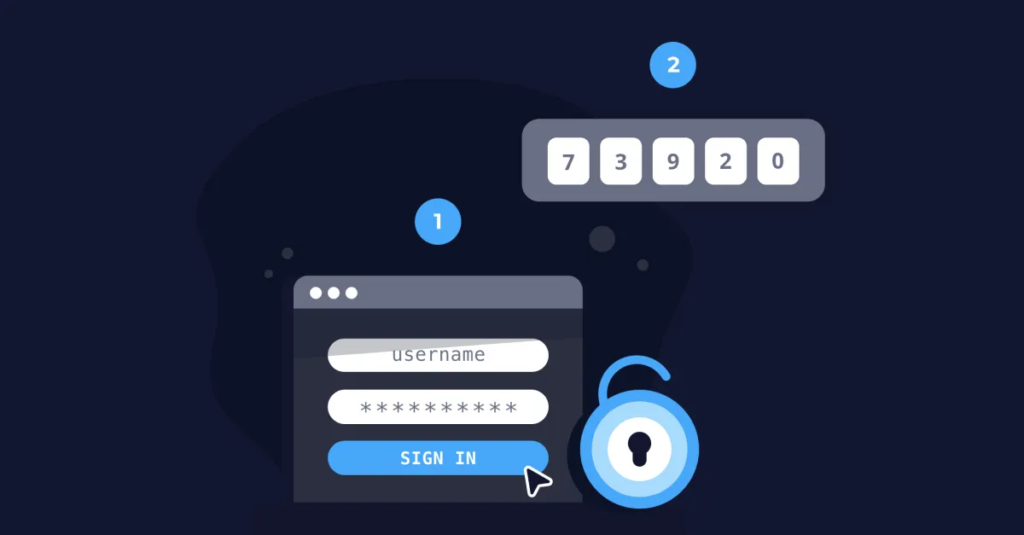
Investigations suggest the breach relied on phishing and session hijacking:
- Hackers sent emails posing as sponsorship opportunities.
- Clicking links stole session tokens, bypassing 2FA.
- Pre-recorded livestreams were uploaded and scheduled as “Premieres” to mimic live events.
Coordinated signs included multiple simultaneous channel breaches, identical metadata, and synchronized wallet activity. A YouTube playback outage on the same night may have further facilitated the attack.
This demonstrates that technical skill combined with human error can compromise even high-profile esports channels, highlighting the importance of proactive security measures.
Community and Expert Reactions – Dota 2 YouTube Hack
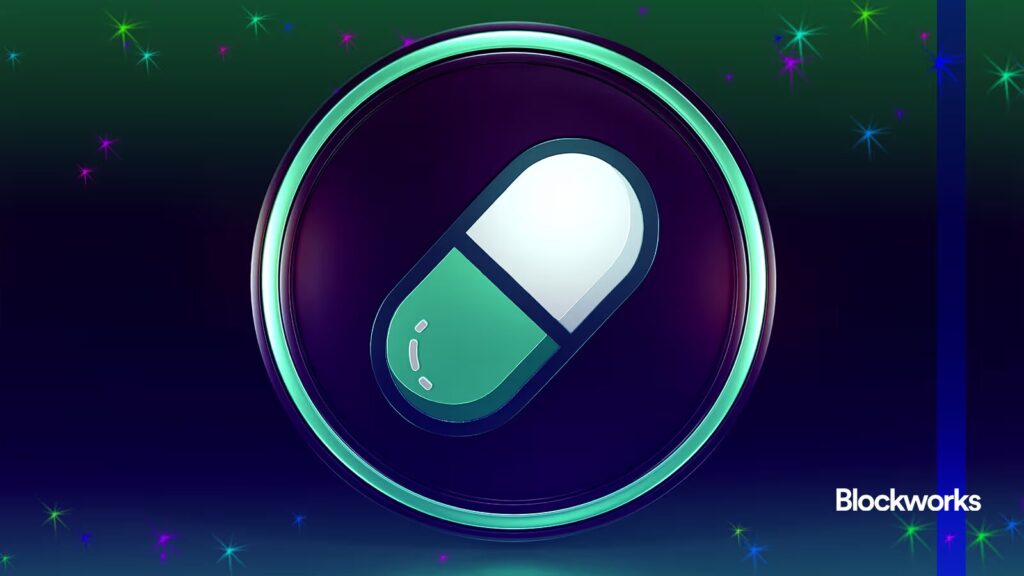
Fans responded quickly to contain the damage:
- Reddit moderators posted warnings in r/DotA2.
- Influencers such as Brad Lynch spread alerts on X.
- YouTube removed the fraudulent streams, restoring channels by morning.
However, neither Valve nor PGL issued statements, leaving fans frustrated. Industry experts emphasized:
- Cybersecurity analysts: Crypto-related YouTube hijacks are becoming more common.
- Solana educators: Platforms like Pump.fun are legitimate but often misused.
- Esports security advocates: Hardware-based authentication and routine audits are critical.
The community coined the phrase “Verify before you vibe,” reinforcing the need for vigilance even with official channels.
Lessons and Reflections for the Esports Ecosystem – Dota 2 YouTube Hack
The Dota 2 YouTube hack shows that esports isn’t just about gameplay; it’s about digital trust. Verified channels alone can’t prevent phishing or social engineering attacks. Staff training, limited admin access, and hardware-based authentication are essential.
Fans must also stay alert: avoid unverified links, double-check announcements, and report suspicious content quickly. Platforms like YouTube should implement real-time monitoring to flag unusual activity.
As esports continues intersecting with crypto, the risk of scams grows. Protecting channels, staff, and audiences is no longer optional—it’s a necessity for maintaining the integrity of the esports community. The Dota 2 YouTube hack serves as a powerful reminder that vigilance, proactive security, and community awareness are now core to the future of esports.


